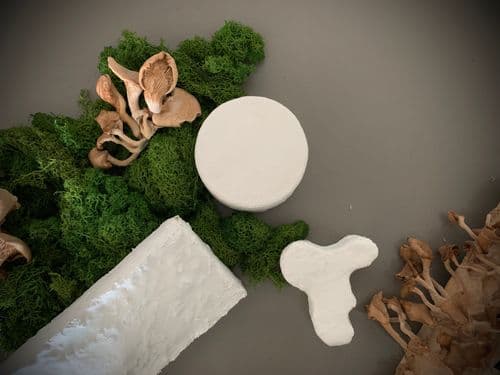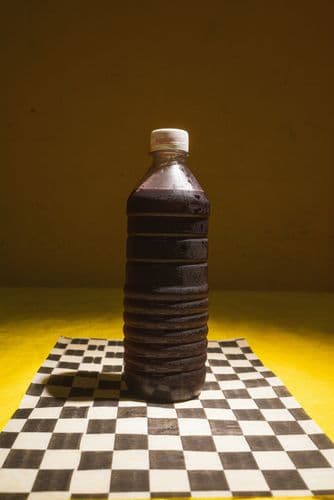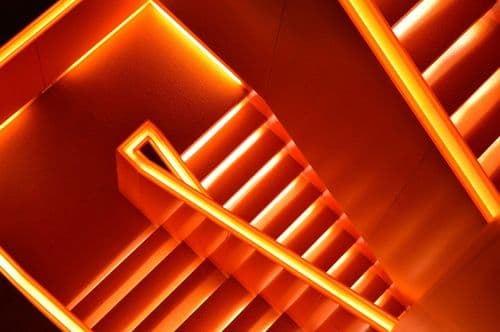Key Points
- Mineral binder: clear quartz + crystalline pigments (hematite, goethite, chromite) form a crystalline bond to the substrate — no petro polymers, “indestructible as stone.”
- Air & health: zero VOCs (<1 g/L), 100% vapour-permeable, high pH ~11 for mould resistance; no microplastics or added biocides.
- Performance: Class A (ASTM E84) fire rating, ISO 11998 Class 1 scrub/abrasion, UV stable, anti-static, strong water repellency.
- Coverage & colour: macro-fill tech for high hiding; artist-grade mineral pigments deliver velvet matte depth without toxic dyes.
- Verification & end-of-life: Cradle to Cradle Certified®; mineral formula returns safely to earth; steel cans infinitely recyclable.
Full interview with Alkemis Paint
1. What specific mineral properties make your formula perform effectively as an interior paint while avoiding the use of synthetic plastic binders?
Alkemis Paint's mineral-based approach fundamentally reconceptualizes paint formulation, moving from petroleum-derived polymers to earth-derived crystalline structures that bond chemically with substrates while maintaining the durability and performance characteristics required for architectural applications.
Clear Quartz Foundation: Alkemis uses clear quartz as its foundational layer, which provides the structural base for the mineral binder system. This creates a permanent chemical bond with the substrate, eliminating the need for polymer-based adhesion mechanisms.
Crystalline Mineral Pigments: The formulation incorporates artist-quality mineral crystalline pigments including hematite, goethite, and chromite. These earthen minerals—the same materials used since ancient paint-making practices—provide both coloration and structural integrity. The microcrystalline surface structure creates the characteristic velvet matte finish with high luminosity and unique light interaction properties.
Mineral Binder Technology: The binder in particular divides the world of paints into two fundamental directions: mineral and petrochemical technology. Alkemis's mineral binder system fundamentally differs from plastic polymers by creating crystalline bonds rather than plastic film formation, resulting in a coating that is “indestructible as stone.”
Performance Through Mineral Properties: The mineral composition provides several performance advantages: natural fire resistance (Class A ASTM E 84 rating because “rock doesn't burn”), UV stability preventing fade and degradation, vapor permeability (100% water vapor-permeable due to the absence of plasticizers), and natural mold resistance through high pH levels (pH 11) without requiring chemical biocides.
Macro-Fill Technology: The formulation employs macro-fill technology for outstanding hiding and coverage, leveraging the natural properties of mineral particles to achieve opacity and surface coverage without synthetic extenders.
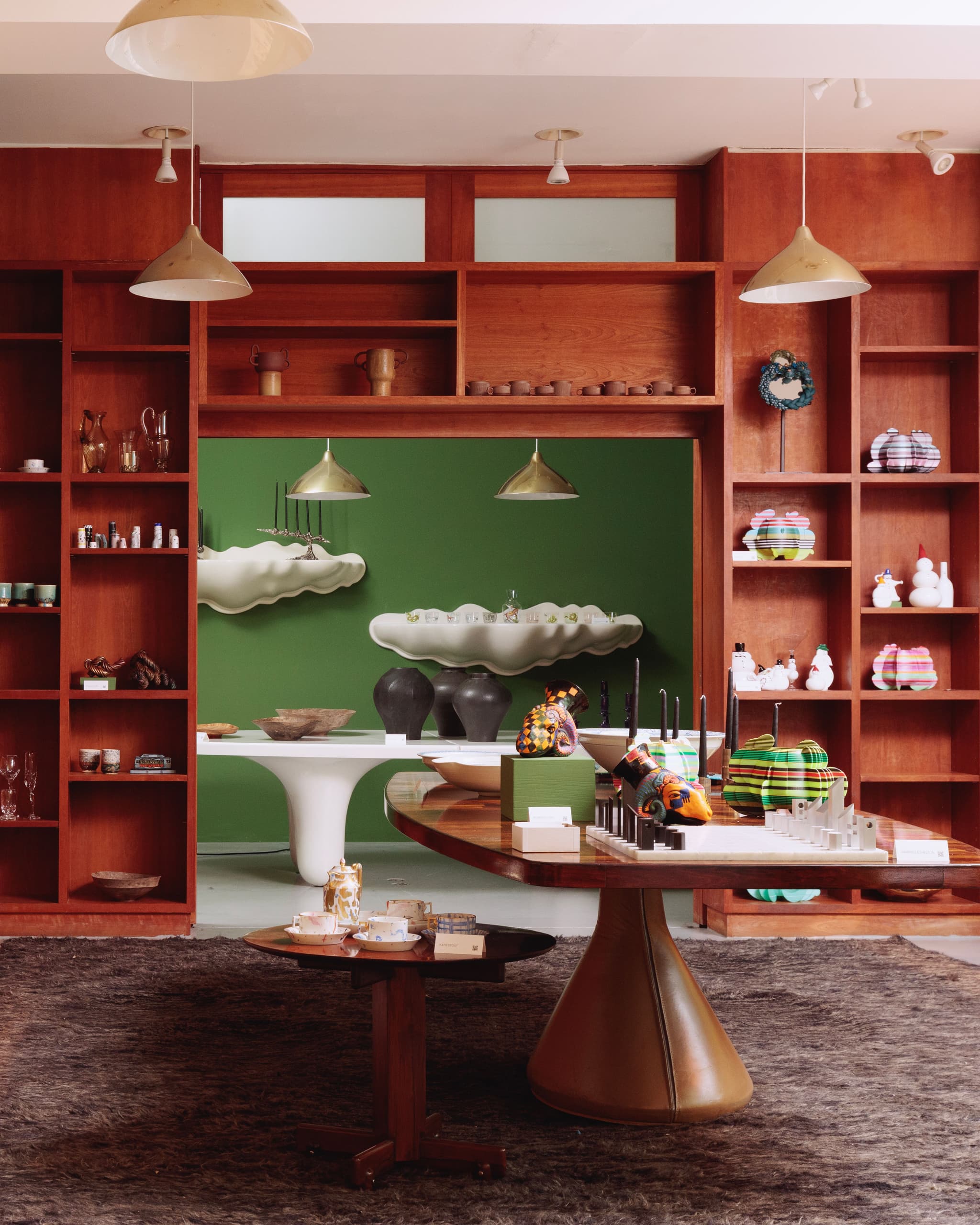
2. Traditional paints rely on polymers derived from petrochemicals. How did you technically overcome the challenge of achieving adhesion and durability without these components?
Alkemis employs a proprietary mineral binder system using clear quartz as the foundational layer, combined with earthen minerals including hematite, goethite, and chromite. This creates “a secure, insoluble bond” that forms a permanent chemical bond between the paint and substrate. The mineral binder technology fundamentally differs from petrochemical polymers by creating crystalline bonds rather than plastic film formation, resulting in a coating described as “indestructible as stone” with 20+ years of performance.
3. As one of the only Cradle to Cradle Certified® paints in North America, what criteria within that certification proved most complex to meet from a material formulation standpoint?
The comprehensive assessment across five categories—Material Health, Product Circularity, Clean Air and Climate Protection, Social Fairness, and Water and Soil Stewardship—required meeting the world’s most stringent sustainability standards, distinguishing it from single-focus certifications such as Greenguard or Greenwise.
The most complex facet is the fact that Cradle to Cradle requires significant improvements across all categories when recertifying every two years. So it encourages companies to keep moving forward on their sustainability goals, as opposed to resting on their laurels.
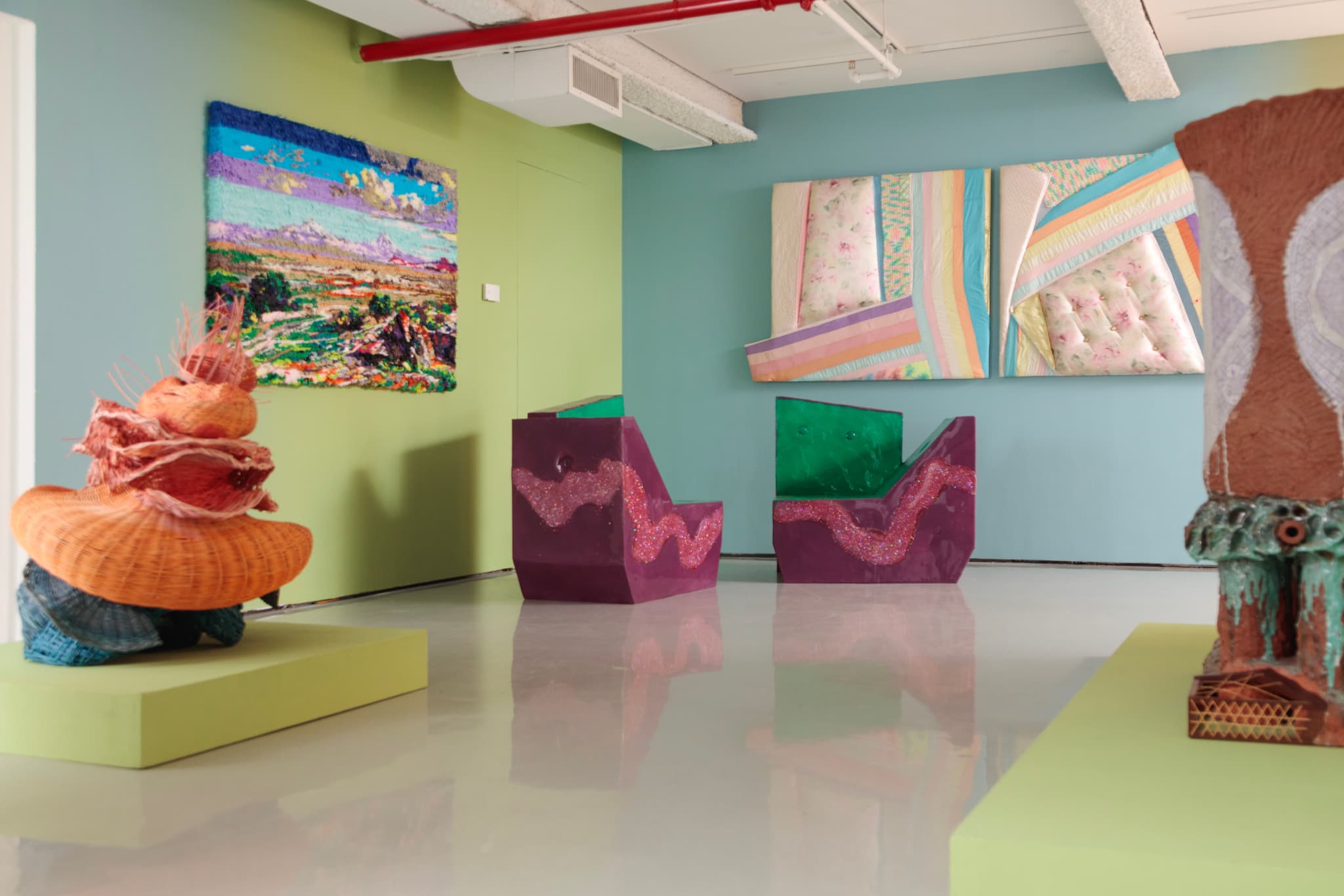
4. How does the zero-VOC nature of your paint influence the overall sensory and wellness experience of an interior space compared to conventional architectural coatings?
The complete elimination of VOCs (< 1 g/liter) removes chemical odors and off-gassing entirely, creating spaces free from the typical chemical paint smell that can persist for extended periods and off-gases toxic chemicals for up to 10 years.
The mineral composition with functional wellness pigments contributes to improved indoor air quality, positive ion emission, and stress reduction. The 100% vapor permeability prevents moisture condensation, eliminating mold growth potential that commonly occurs with plastic-based paints.
5. Can you describe the process of evaluating raw mineral inputs? How do you ensure consistency, purity, and non-toxicity across batches?
We use artist-quality mineral crystalline pigments and renewably sourced ingredients from sustainable raw materials within a 350-mile radius. We emphasize using unadulterated pigments directly from nature, including traditional earthen pigments like ochres, oxides, ultramarine, cobalt, and spinel that have been used since ancient times.
All of our products are handmade, made to order, and tinted to precise specifications. We are deeply committed to maintaining the highest quality standards throughout our entire production process. Unlike mass-produced alternatives, Alkemis Paints are handcrafted in a single facility to ensure exceptional consistency in both formulation and color accuracy, ensuring each batch meets our premium quality criteria.
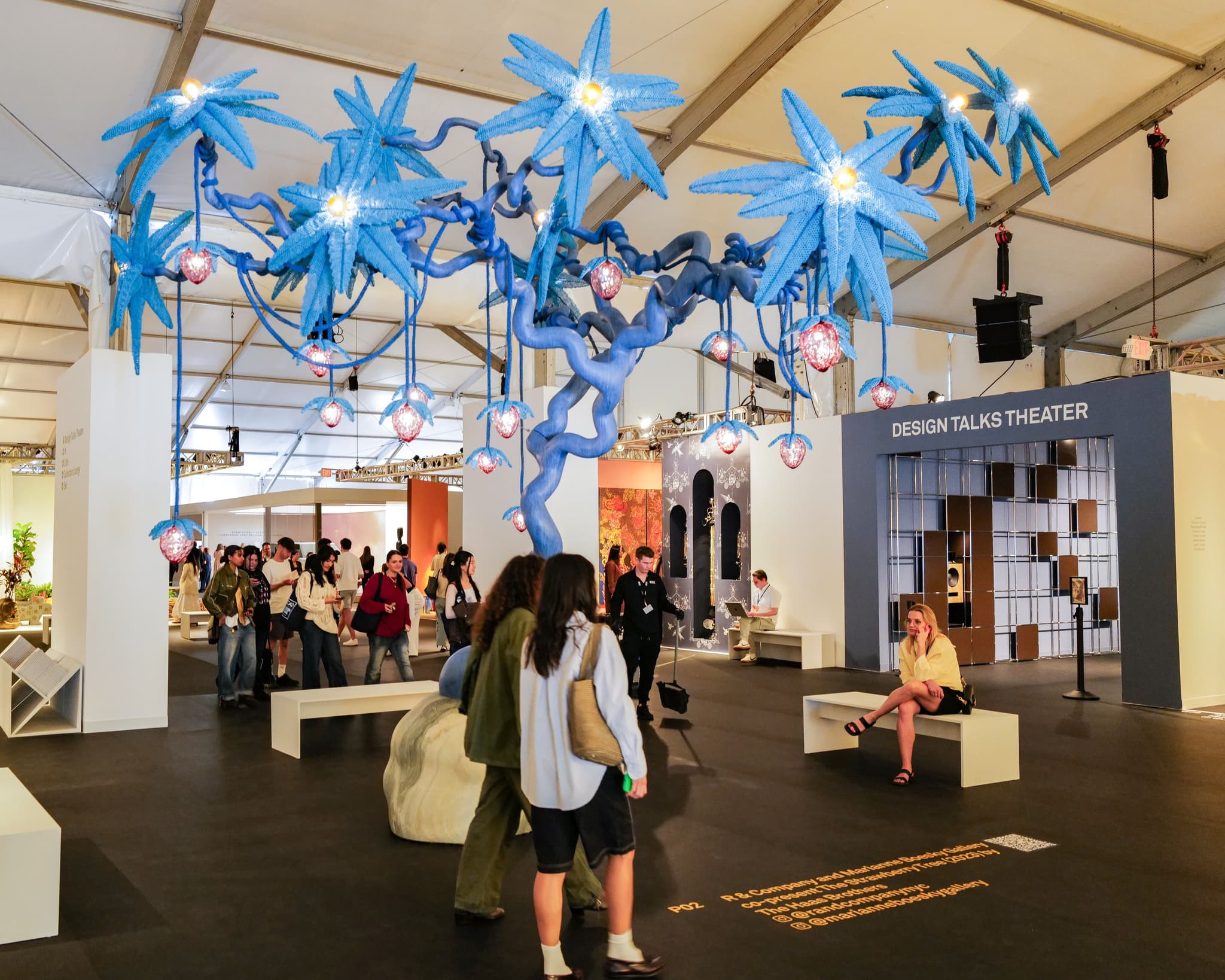
6. Paints are expected to perform under varied conditions such as humidity, cleaning, and wear. How do mineral-based formulations compare to plastic-based paints in these performance tests?
Alkemis demonstrates superior performance metrics: Class 1 abrasion and scrub resistance (best in class per ISO 11998), water repellency, anti-static properties, Class A fire rating (ASTM E 84), UV stability, and certified resistance to mold, algae, and fungi. The high pH (11) contributes to hygienic properties, while the mineral composition’s breathability prevents the moisture entrapment common with plastic-based paints that leads to mold development.
7. What strategies have you employed in pigment integration to ensure colour richness without compromising the paint’s non-toxic and microplastic-free integrity?
The formulation utilizes macro-fill technology for outstanding hiding and coverage while maintaining color richness through artist-quality crystalline pigments. The microcrystalline surface creates a velvet matte finish with high luminosity and unique light interaction throughout the day. The mineral base provides unparalleled depth and purity of color compared to synthetic alternatives.

8. End-of-life is a critical aspect of material responsibility. How is Alkemis paint designed to return safely to the environment once a wall is repainted or renovated?
The mineral-based composition is designed to return safely to the environment, being composed of the same minerals that form the Earth’s crust, abundant and naturally occurring materials. Unlike plastic-based paints that persist as microplastics, Alkemis paint can be disposed of without environmental harm. The steel containers are infinitely recyclable, supporting circular economy principles.

9. How do you see mineral-based paints influencing wider industry standards, particularly as microplastic pollution becomes a central environmental concern?
Given that architectural paint contributes 1.9 million tons annually to ocean microplastics (outweighing all other sources), plastic-based paint comprises 95% of the global market and we utilize 90+ million metric tons of petroleum annually to create conventional latex/acrylic paints, our mineral-based alternative represents a critical shift.
Alkemis’ Cradle to Cradle certification and comprehensive sustainability achievements demonstrate viable pathways for industry transformation, potentially catalyzing broader adoption of mineral-based formulations as environmental regulations tighten and consumer awareness of microplastic pollution increases.

